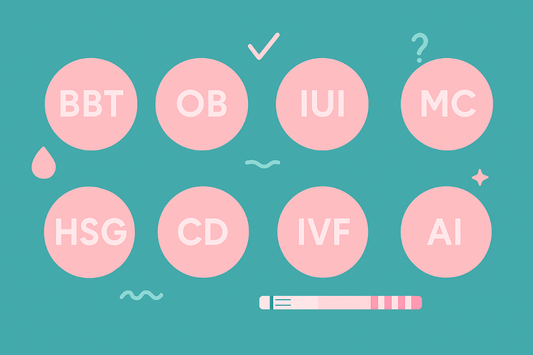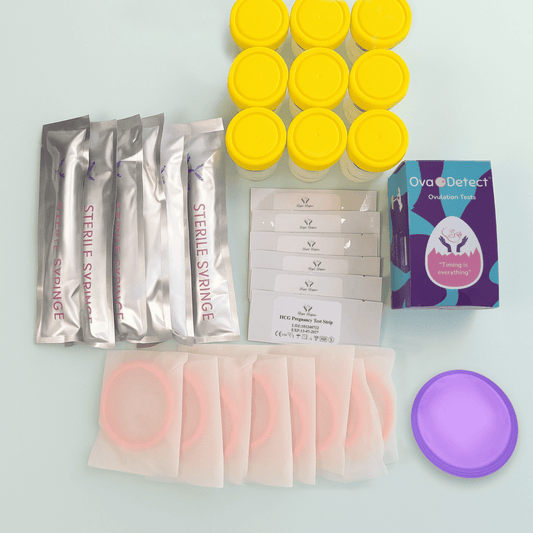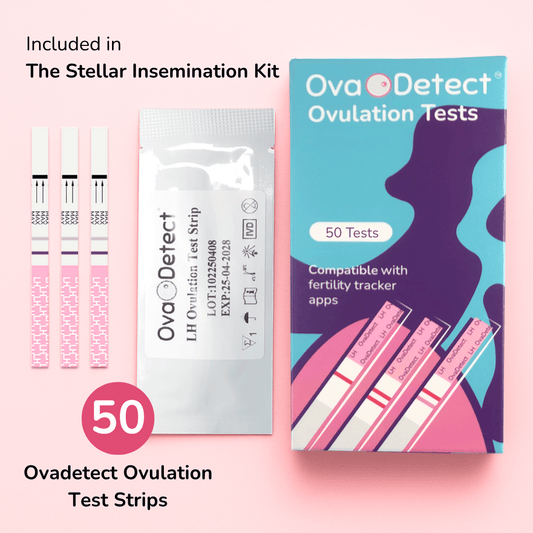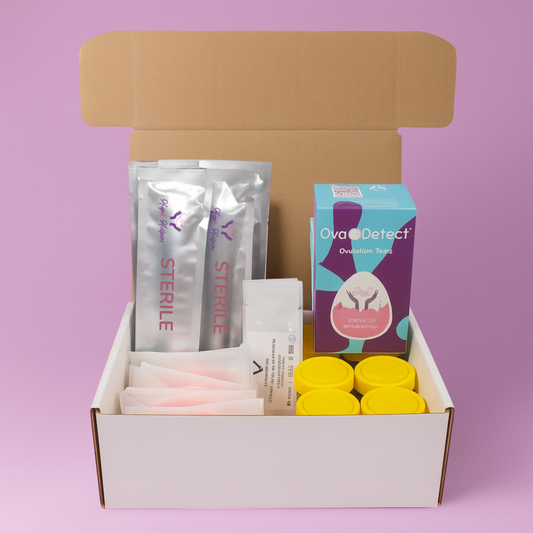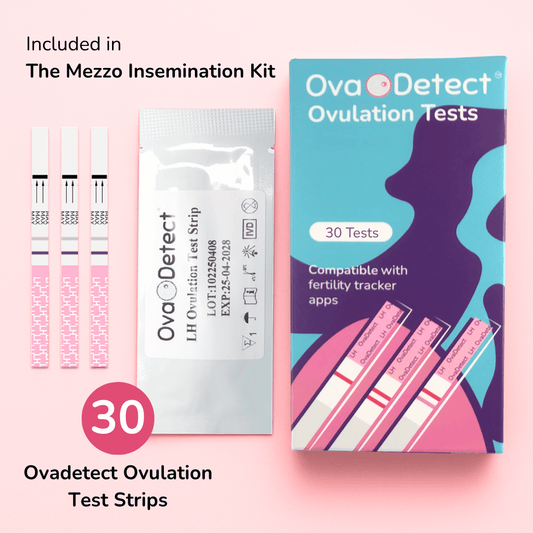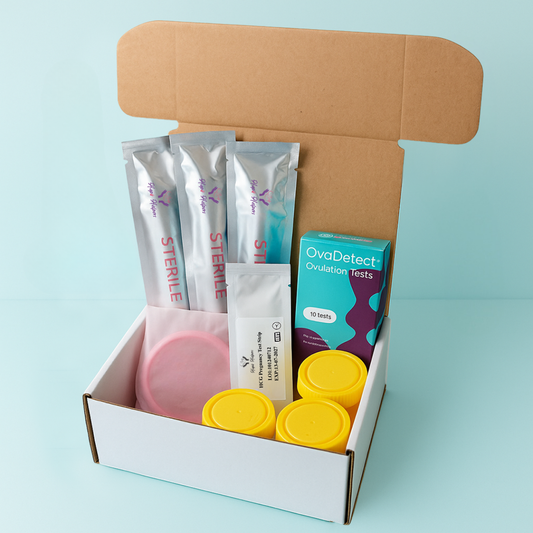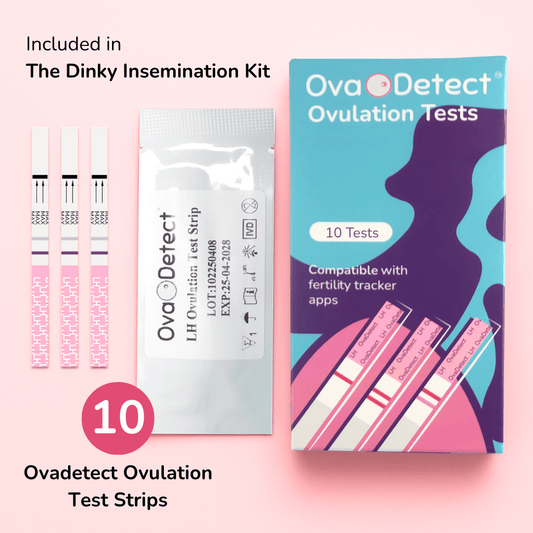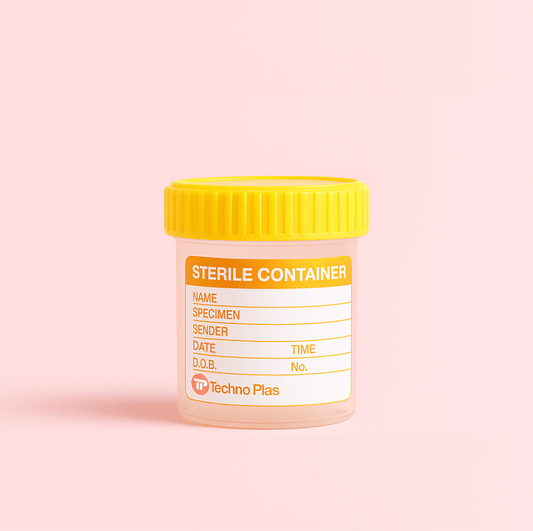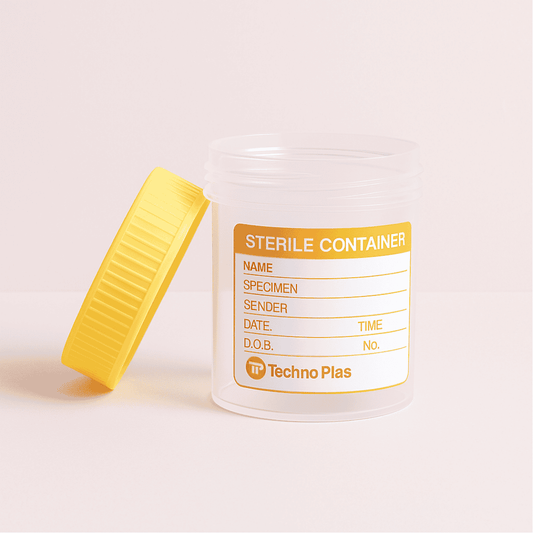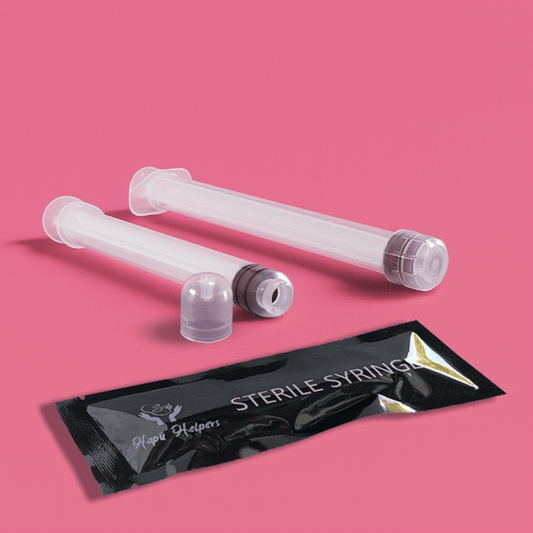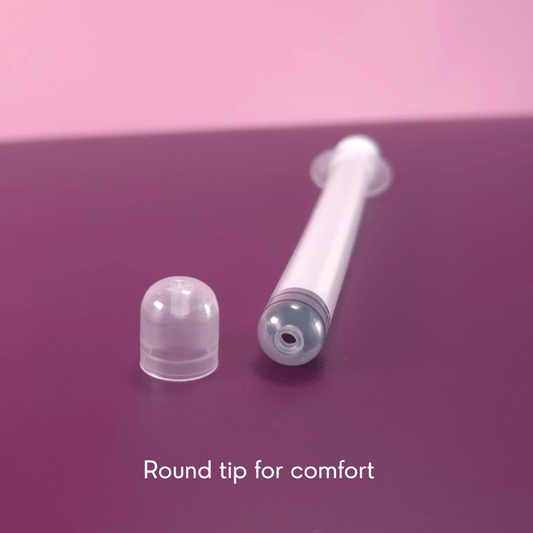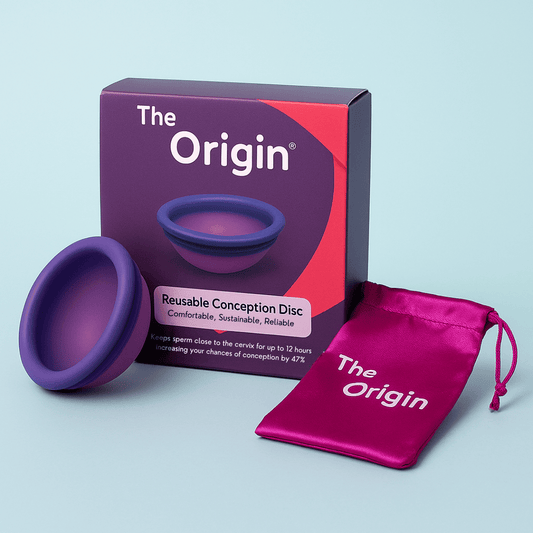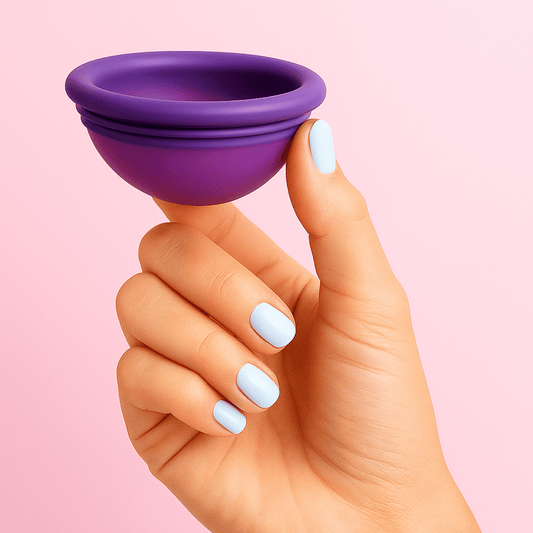Artificial Insemination Processes and Methods
At-home artificial insemination is becoming an increasingly popular option for individuals and couples looking to conceive in a more private, affordable, and empowering way. In this guide, we break down the essential steps, real-life insights, and everything you need to know

A Guide to At-Home Insemination: Understanding the Process and Tools
Before we dive into the at-home insemination process, it's essential to understand how ovulation works. Timing is everything, and having a solid understanding of your ovulation cycle will significantly increase your chances of success. To get started, we recommend reading our Ovulation Guide in the Learning Center, which also covers how to use Ovulation Test Strips effectively.
What Is Artificial Insemination?
Artificial insemination involves introducing sperm into the vagina, cervix, or uterus with the goal of achieving pregnancy, without sexual intercourse. Traditionally, this procedure is performed by a medical professional and can be quite costly. At Home Insemination Solutions, our goal is to help individuals and couples carry out this process safely and comfortably in their own homes, without requiring a doctor’s visit.
The Three Main Types of At-Home Insemination
There are three primary methods of at-home insemination. While the approach may vary, each method has proven to be equally effective depending on your circumstances:
Artificial Insemination (AI): Sperm is collected and inserted into the vagina using a syringe or similar device.
Natural Insemination (NI): Involves traditional sexual intercourse.
Partial Insemination (PI): The male partner masturbates and, just before ejaculation, penetrates the vagina to ejaculate internally.
Timing Is Everything
Understanding the timing of ovulation is critical for successful insemination. Ovulation typically occurs 36–40 hours after a surge in luteinizing hormone (LH). Once the egg is released, it travels down the fallopian tube where it can meet the sperm for fertilization. This window of opportunity is short, so accurate tracking is vital.
Real-Life Experiences
When Taryn first attempted insemination, she did so on the evening of her LH peak, with only one attempt that cycle. As first-timers, it was a learning process, and unfortunately, it was not successful.
For Kat, we tracked ovulation using a calendar and planned inseminations for March 1 and March 5, 2020. However, she reached her LH peak a day earlier than expected, on March 4, so we adapted and inseminated that evening.
Taryn’s next cycle predicted ovulation on March 19. We arranged inseminations on March 17 and 19, but her LH peak occurred on the 18th. Our donor wasn’t available that day, so we proceeded on the 19th. These experiences reinforced how essential it is to track ovulation closely and to have flexibility in your schedule.
Choosing the Right Syringe
Many people are surprised or even intimidated by the size of the syringes used in the insemination process. Here’s what you need to know:
Volume: The average ejaculate ranges from 1.25 ml to 5 ml. While quantity isn’t as important as sperm quality, using a 10 ml syringe offers advantages. It’s long enough to reach closer to the cervix and has enough capacity to handle any volume.
Comfort: Standard oral syringes often have sharp, uncomfortable edges. Based on our own experience, we now supply custom-designed, round-tipped 10 ml syringes for greater comfort and ease of use. They’re available in our online store and offer the same functionality as popular brands like Mosie Baby, without the high price tag.
Step-by-Step Guidance
We know this process can feel overwhelming. That’s why we’ve included helpful resources like short preparation videos and a step-by-step insemination video at the bottom of this page to guide you through every step with confidence.
Whether you're just beginning your fertility journey or looking for a more private, affordable option, Home Insemination Solutions is here to support you every step of the way, with trusted products and real-life insights to help make your dream a reality.
Comparison between a Standard Syringe and one from Home Insemination Solutions

Watch this video where I discuss insemination syringes.
Using Softdiscs for At-Home Insemination
What are softcups/discs, and how do they work?
While originally designed as menstrual products, Softcups (also known as Softdiscs) have become a popular and effective tool for at-home insemination. These disc-shaped devices help keep sperm close to the cervix, allowing sperm cells more time and opportunity to travel toward the egg. We personally used Softdiscs and successfully conceived using them.
Important: Make sure you’re using discs, not menstrual cups. Cups are typically too deep and not suited for this process.
We stock both disposable Softdiscs and a reusable alternative in our online store. You can check them out here.
Introducing “The Origin” – Our Reusable Insemination Disc
After trying every reusable disc on the market, we found most were either too stiff or too flimsy—making them uncomfortable or ineffective. So, we partnered with an FDA-approved manufacturer to design a disc that mirrors the ease and functionality of disposable options, but in a reusable form. We call it The Origin.
Made in an FDA-approved facility
Gentle and balanced rim for comfort and secure placement
Sperm-safe (silicone does not harm sperm)
Watch the video below to see how to insert and remove both disposable and reusable Softdiscs.
Alternative Method
Some individuals prefer a method where sperm is placed directly into the Softdisc and then inserted into the vagina. While this method has worked for many, some people find it can be a bit tricky and may result in spillage. If you choose this approach, be sure to insert the disc slowly and keep your hips elevated afterward.
How to insert and remove your softcup/disc
Sperm-friendly lubricant
Sperm-friendly lubricant can be a game-changer for people who don’t produce enough cervical mucus (CM), which plays an important role in helping sperm travel to the uterus. This type of lubricant mimics the texture and pH of natural CM, giving sperm the best possible environment to survive and swim.
For best results:
Insert the lubricant 15 minutes before insemination to allow it to reach body temperature. Cold lubricant can kill sperm.
Never use standard lubricants, lotions, or saliva, as they can damage or kill sperm.
Offer the sperm-friendly lubricant to your donor as well if needed.
We offer the PreSeed sperm-safe lubricant options in our online store. Check it out here
A Note on At-Home IUI/ICI
You may come across information online encouraging at-home IUI (intrauterine insemination) using a catheter to insert sperm directly into the uterus. While this might sound appealing, we strongly advise against attempting IUI at home without a trained professional due to the serious risks involved:
Risk of infection
Potential for cervical damage or bleeding
Increased blood pressure due to overstimulation
Possible perforation of the uterus (life-threatening)
We’ve spoken to individuals who suffered permanent damage from attempting at-home IUI based on online advice. Unless performed by a qualified medical professional in a sterile environment, this method can be dangerous.
If you're considering this option, do extensive research and only use properly sterilized equipment. In some rare cases, midwives or doctors may offer this support, though we can't verify how common or available this is.
Watch this video on how to do artificial insemination at-home
Frequently Asked Questions
Do I need to orgasm after insemination?
Let’s keep it real, if orgasms were essential to conception, we’d have a much smaller population! That said, orgasm can help by causing uterine contractions that may assist sperm movement. We personally did have orgasms after insemination.
There’s no harm, and it might even help you relax. However, avoid intercourse or oral sex afterward, as it may interfere with sperm placement.
Do air bubbles in the syringe harm the sperm?
Nope! Small air bubbles are totally fine and will not harm the sperm. Just avoid large air pockets, as you don’t want to introduce air into the vagina. If you notice large bubbles, hold the syringe upright and gently tap it to bring the bubble to the top before pushing it out.
Do I need to take supplements before trying to conceive?
Yes, ideally, begin supplementation three months before trying to conceive. The two most important nutrients are:
Folic acid – Continue taking it through the end of your first trimester.
Iodine – Essential for early development and should be taken until you finish breastfeeding.
These supplements support reproductive health and fetal development from the very beginning.

If you have more questions or need product recommendations, don’t hesitate to reach out. We’re here to support your journey—every step of the way.
Book a TTC consultation


